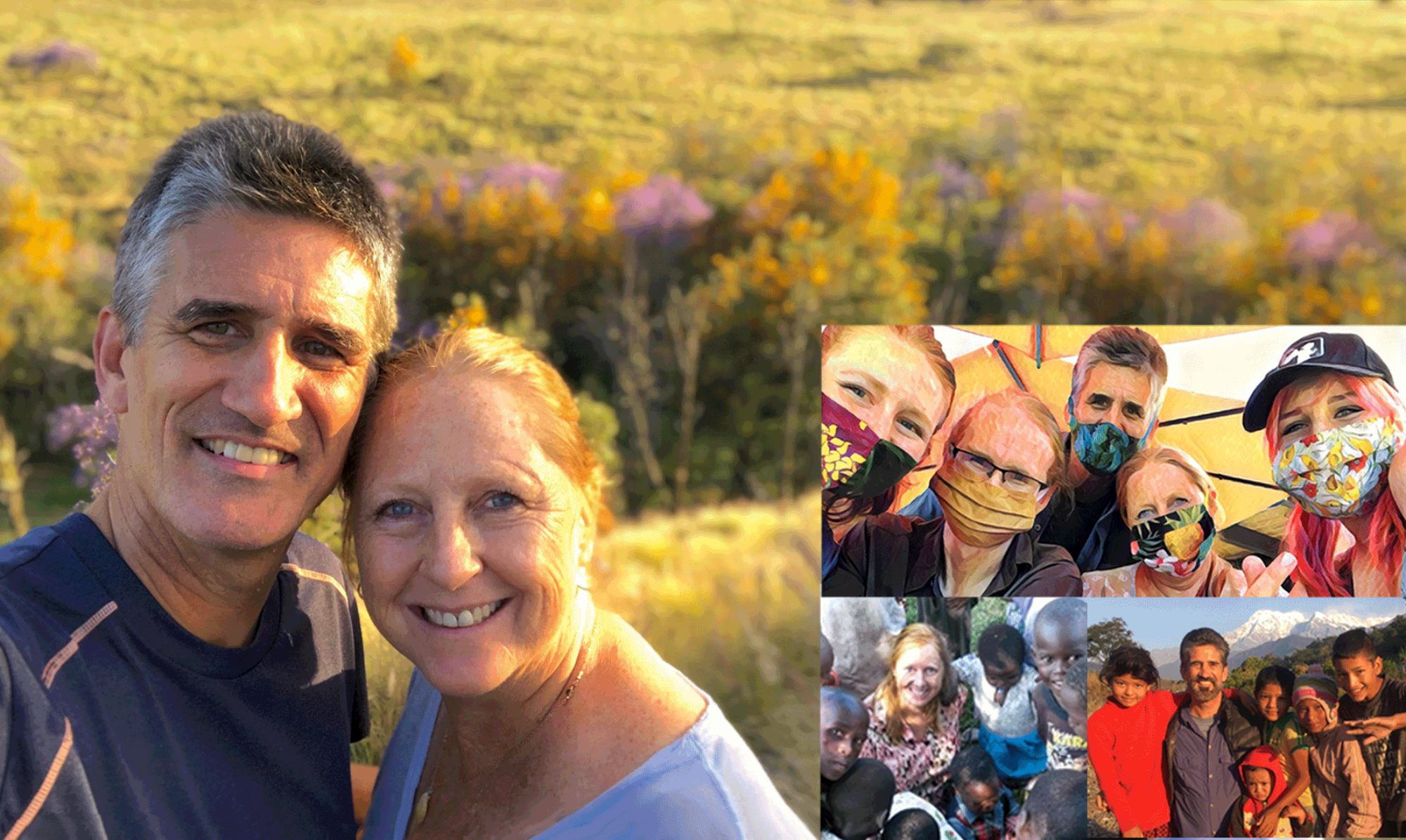
Sociologist and researcher, Amy Sherman has said that Christians tend to have three models for interacting with society: fortification, accommodation, and domination. To put that another way: We hunker down amongst ourselves, water down our witness, or beat down our opponents. For many reasons, those aren’t New Testament models.”
In short the withdrawal-compromise-argumentative/condemning approach to sharing the gospel will not work.
Phillip Yancey suggests:
We need to create pioneer settlements that show the world a different, grace-based way of living…A few generations ago, Billy Graham would fill the largest stadium in any city, stand up, and say “the Bible says,” and have the audience nod along. Today, belief in the Bible can’t be taken for granted, so appeals to the Bible won’t have the same power. The new paradigm, in this culture, is that you reach out with acts of mercy that touch people’s hearts, and hopefully they want to know why.
The gospel “demonstrated” leads to the gospel “proclaimed.”
Imagine if we organized ourselves in our neighborhood, city and world as people existing for the sake of outsiders…The more we act like Jesus, not beating people down but showing a better way to live, the more outsiders will look back and say, “Those Christians are different.”
Today I worry that we are losing the meaning of the word: Evangelical or even Christian, as the primary models of these words seen in popular media, are not reflecting this.


